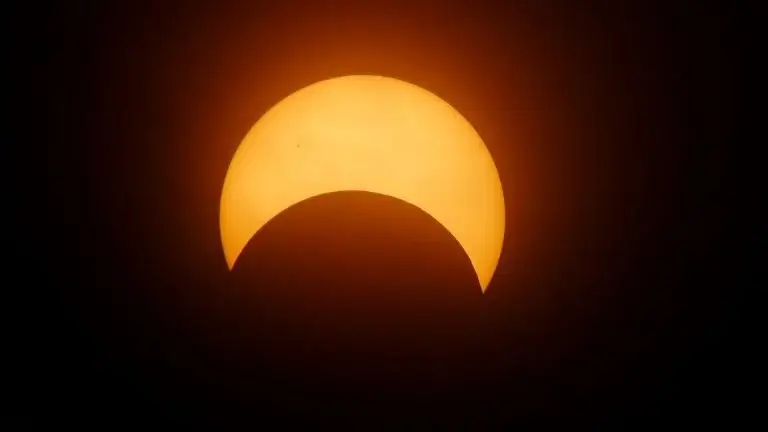
The United States will be transfixed by the great American solar eclipse on Monday 21 August, but scientists will be looking at something else – how the eclipse will affect the energy grid when the sun is obscured.
There are safeguards in place and the country is planning to switch on gas plants and increase hydro output to make up for the shortfall. But there are lessons to be learned and Australia would do well to take note.
There’s a problem in Australia in terms of electricity supply. Given that the country is moving towards more renewables, and industry players and the Federal Government might want to keep a close look at what will happen in the United States.
What is a total solar eclipse?
A total solar eclipse occurs when the moon casts a shadow onto Earth. You can watch this great explainer video by National Geographic.
The total solar eclipse will cast a shadow across a band of the country stretching from Oregon to South Carolina, depriving the US’ solar farms of their fuel.
Grids will tap natural gas, nuclear power, coal and other resources to meet their remaining needs. In short, the non-renewables will be making a killing while the sun isn’t shining.
The situation is unique because it’s the first total solar eclipse to affect the US since commercial sized solar farms began to supply the grid.
The US Energy Information Administration said the solar eclipse will obscure 70 percent or more of the sunlight over utility-scale power plants that account for nearly half of the nation’s major solar power capacity.
North Carolina to be particularly affected by solar eclipse
North Carolina in particular will be adversely affected with solar power generated during the phenomenon to go from 2,500 megawatts to a paltry 200 megawatts.
The state, which can produce enough solar power to supply 600,000 houses on a sunny day, will have natural gas-fired plants ready to start turning turbines, according to Duke.
Natural gas plants can quickly feed the fossil fuel into their facilities and address spikes in demand. On extraordinarily hot summer days and during winter chills, they stand to make a lot of money because they are so quick to react to the shift in demand, much like what happens in Australia.
In fact, South Australia’s state government’s energy plan involves the construction of gas turbines which will be fired up in cases of emergency to avoid a repeat of the statewide blackout which hit in 2016.
A group of 13 eastern states and Washington, DC could lose as much as 2,500 megawatts of solar power, according to PJM Interconnection, which operates the grid for Pennsylvania, New Jersey, Maryland and all or part of nearby states.
500 megawatts of solar power feed directly into PJM’s grid, but rooftop solar panels generate about 2,000 megawatts of energy within its jurisdiction. PJM said it will be monitoring demand from these homes and businesses so that it’s better prepared for the next eclipse, which is expected in 2024.
California prepped for solar eclipse since 2016
Many of California’s solar farms are outside the most affected area. But the state’s 8.8 gigawatts of utility-scale solar capacity makes up 40 percent of total US capacity, so the Golden State has been preparing for the eclipse since last year. The grid operator, California Independent System Operator, thinks it will lose about 6 gigawatts of capacity from solar farms and rooftop panels.
It says it will turn to fuel sources that can most easily ramp up to meet demand: hydro power and natural gas-fired plants. Luckily, the eclipse dovetails with the high water season, making it easier to draw on more hydro power.
About Leading Edge
Leading Edge Energy is an energy cost reduction consultancy. We assist our clients by applying a holistic lens to your energy costs whereby we guide you through the complete energy cost reduction cycle from rates minimization to energy efficiency, solar generation and battery storage.
Our initial review and assessment process is a complimentary service and you are not obliged to accept any offer that we recommend to you.
Call us today on 1300 852 770 or visit our website to get a quote.














